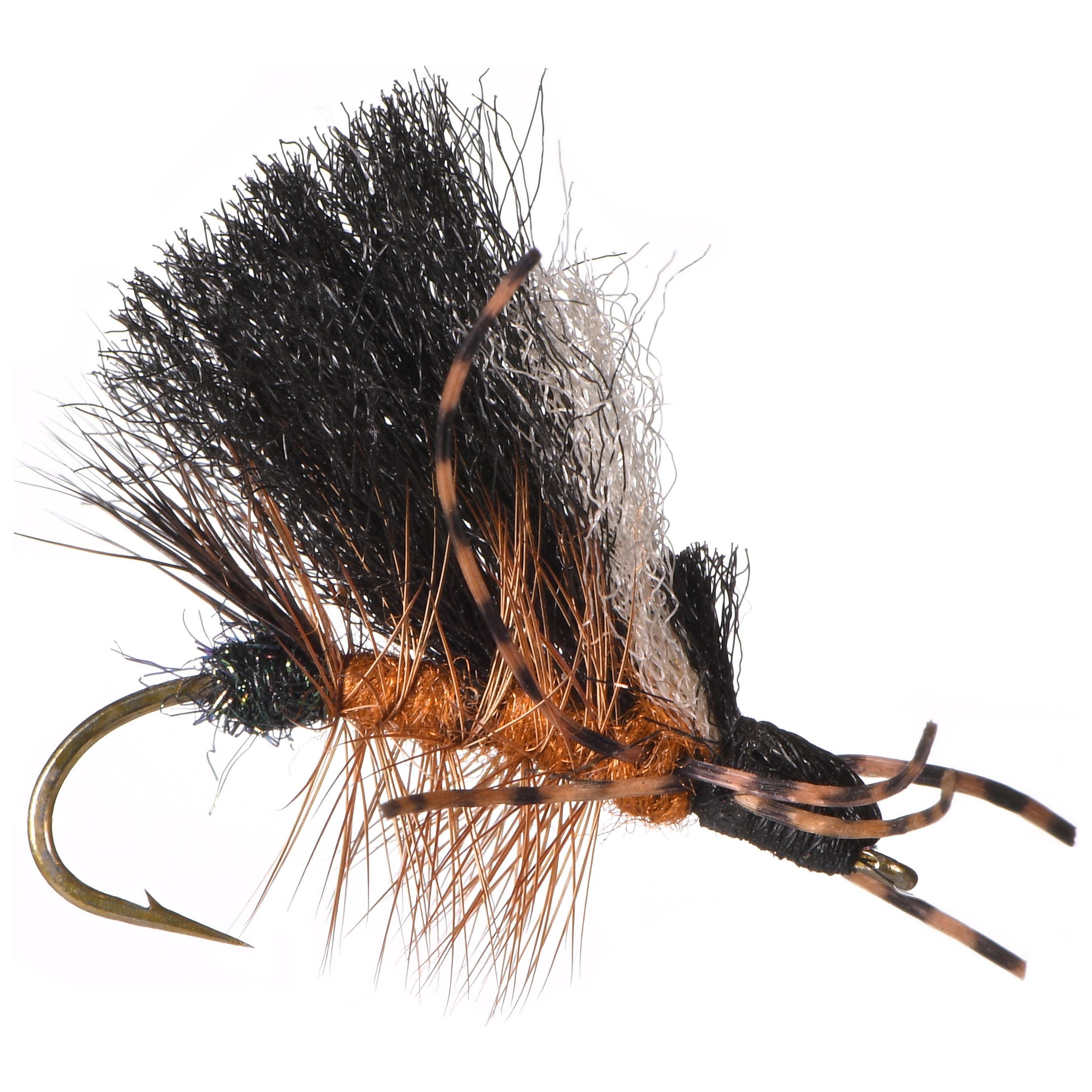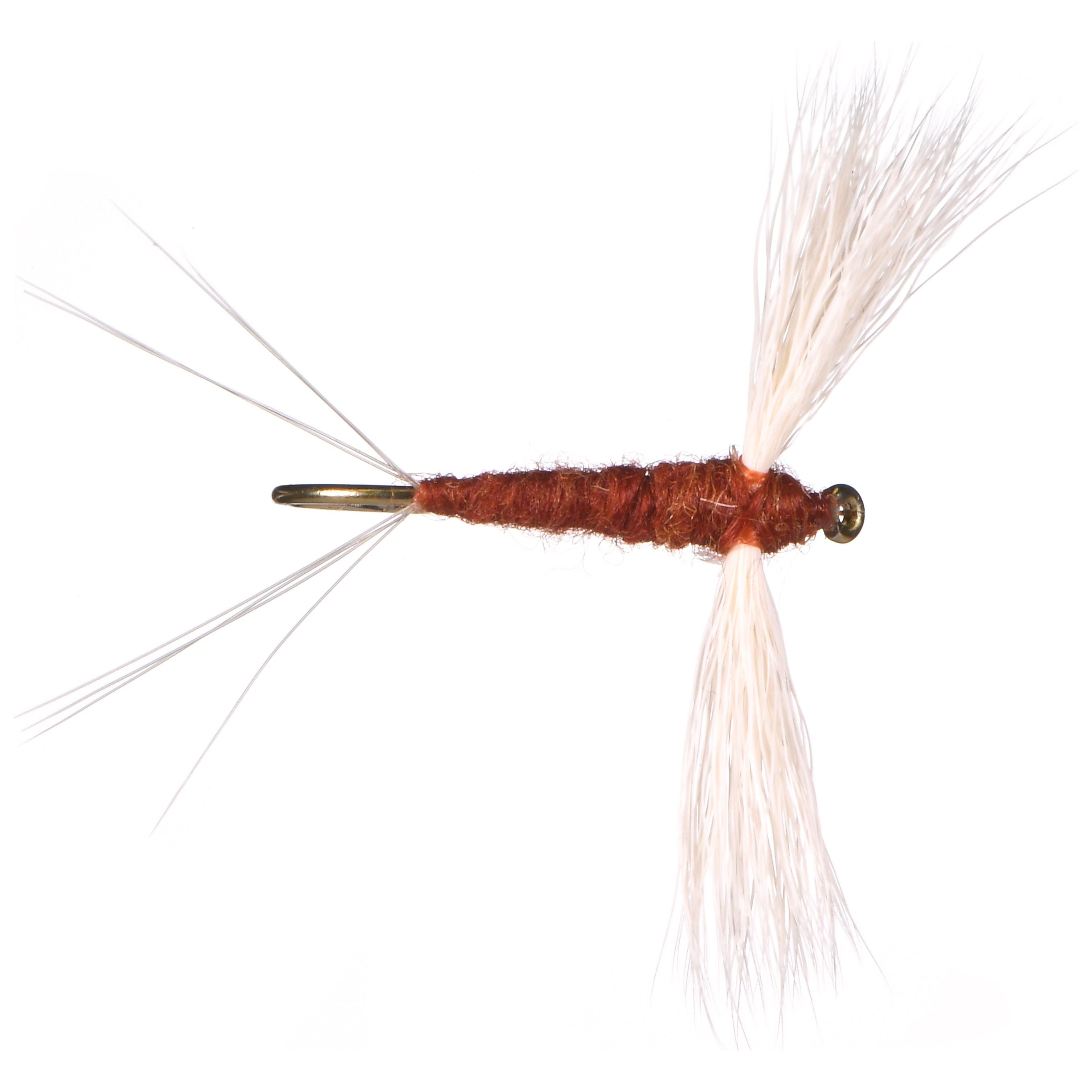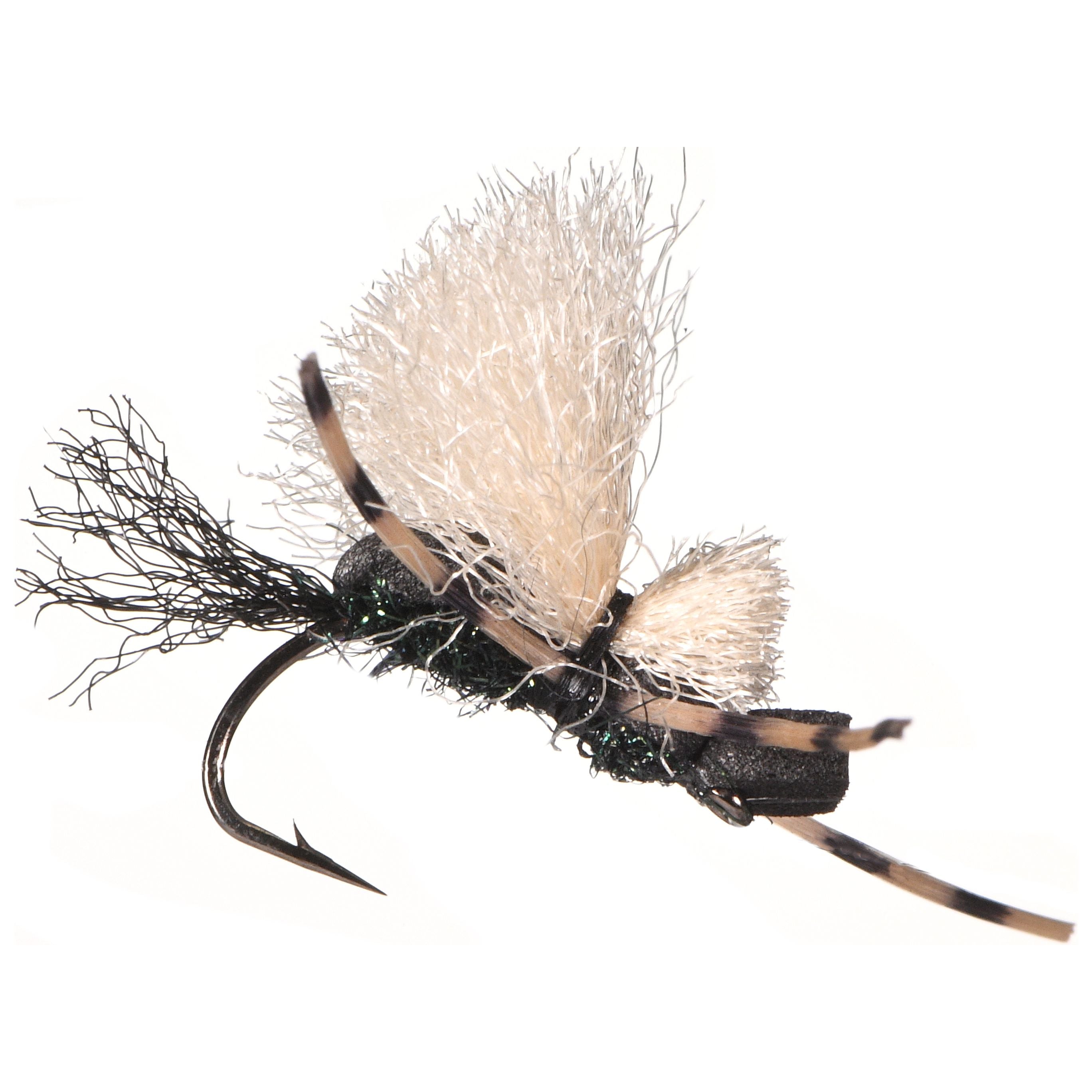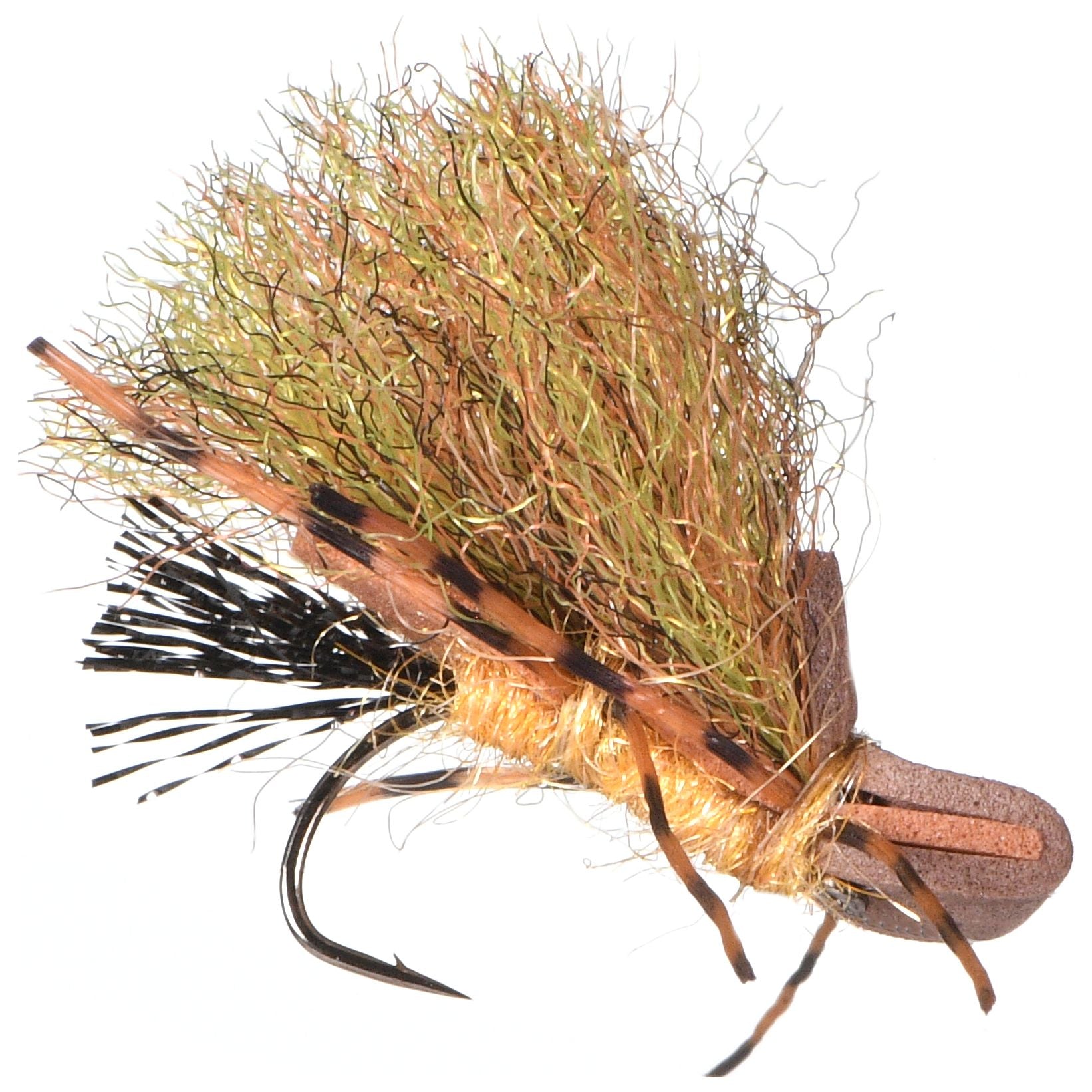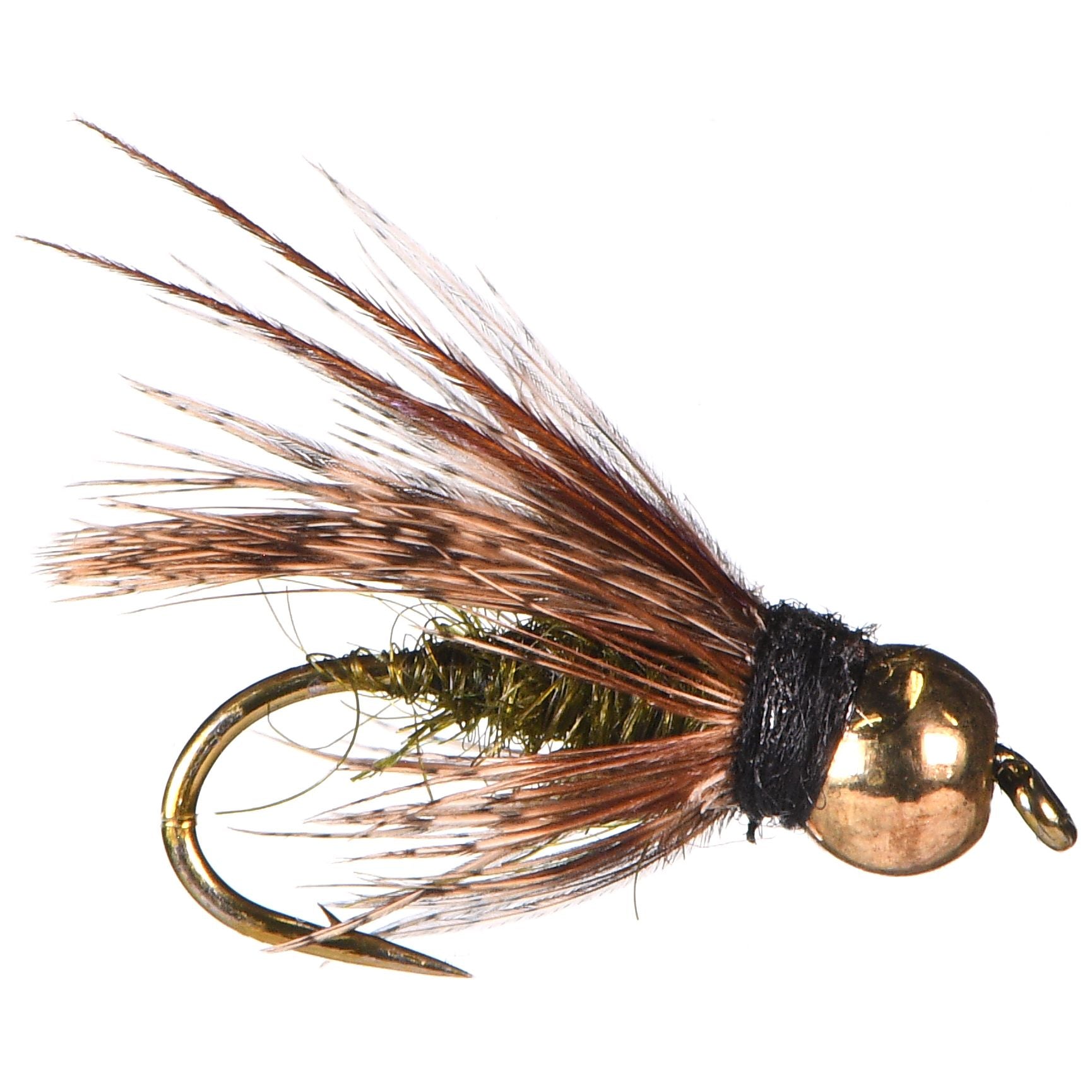Hatch Profile - Flavs
Drunella flavilinea, commonly known as the Flav, is the smaller, lesser known, and often misidentified cousin of the Green Drake, Drunella grandis. What this mayfly lacks in notoriety it more than makes up for in importance as a food source for Yellowstone Country trout in June and July.
Drunella flavilinea is found on the Madison, Firehole, Yellowstone, and Henry’s Fork rivers, as well as some smaller tributary waters throughout the region. Flavs share much of their distribution with two other nearly identical mayfly species, Drunella doddsii and Drunella coloradensis. Drunella flavilinea, Drunella coloradensis, and Drunella doddsii are all so closely related that in absence of a microscope and an entomologist, it’s often impossible to tell them apart for most fly anglers. Luckily, all three of these Small Western Green Drake species have such similar characteristics and behaviors that making an exact identification isn’t important in order to effectively match the hatch.
Like their famous cousin, the Green Drake, Flav duns have an olive body, with slate gray wings, and three tails. The biggest difference between a Flav and a Green Drake is the size. Flavs are generally found in size 14-16, which pales in comparison to the stately, size 10-12 Green Drake. In addition to overall appearance, another important trait that Flavs share with Green Drakes is their ineptness at emerging. Nymphs swim to the surface to emerge, and often times it’s a messy process. Duns struggle to free themselves from their nymphal exoskeleton as they ride the current helplessly stuck to the surface tension. It’s common to see a great number of crippled duns that have only partially emerged during a strong hatch. Trout take advantage of this vulnerable situation feeding heavily on crippled duns, and emergers. So too do the many gulls, terns, and other water birds found on our rivers. Some days with all of the feeding activity going on both above and below the water, and the incredible number of crippled emergers, it’s hard to believe that the species can sustain itself.
In spite of the many challenges duns do emerge, and continue to molt one more time into spinners to complete their life cycle (que the theme song from the Lion King). Flav spinners have clear wings, three tails, and a dark-chocolate colored body. Spinner falls occur in the mornings and evenings often coinciding with the spinner activity of Pale Morning Dun mayflies. When they fall, Flav spinners are a larger meal for trout compared to the size 16-18 PMD spinners, and it’s common to see fish rise aggressively to their imitations.
Flav nymphs are brutes. They have stocky bodies with three tails, and strong appendages for crawling on rocks in heavy currents. Their coloration is olive-brown with distinct variegation on the legs. Like many other mayflies, it is suspected that Flav nymphs practice the behavior of benthic pulse, making multiple trips from the river bottom to the surface before emerging. This theory plays out in real life fishing situations every day on rivers like the Henry’s Fork and Madison where there seems to be an increase in the nymph bite in the afternoon and evening preceding a Flav hatch, especially on dark afternoons before thunderstorms roll through.
Flav hatches can occur any time from late afternoon to shortly after dark depending on conditions. The late afternoon and evening thunderstorms that are common on a hot June or July day can produce some of the strongest emergences of Flavs. Fish binge on Flav duns, cripples, and emergers during these stormy conditions right up to the point when rain, hail, and lightning drive you from the water in search of refuge under streamside willows or a nearby bar. Morning spinner falls are usually strong following these storms. So, try not to spend too much time on those evenings “drying out” in the Grizzly Bar or at the Trouthunter, and be sure to get back out on the water early the next morning.






